Whether you’re upgrading to LED bulbs from traditional incandescent lights or choosing new bulbs for your car. Understanding the terms “lumens” and “Kelvin” can seem confusing.
These terms are key to making informed decisions about light bulbs. They determine efficiency and the ambiance they create.
The right lighting can transform a space or improve visibility. Knowing how to select bulbs based on their lumen and Kelvin ratings is essential.

In this article we’ll explore what lumens and Kelvin mean. We’ll explain how they differ and why they’re important for choosing the right bulb.
From home lighting to automotive applications we’ll cover all aspects of lumens and Kelvin. This will help you make the best choice.
What Are Lumens?
A lumen (denoted by “lm”) is the unit of measurement for the amount of visible light emitted by a light source. In simple terms, lumens tell us how bright a bulb is. The higher the lumen value, the brighter the light. Unlike wattage, which measures the energy consumption of a bulb, lumens directly correlate to the bulb’s brightness. This is crucial when considering energy-efficient bulbs like LEDs.
Lumens and Brightness
When shopping for bulbs, especially LEDs, it’s important to focus on lumens rather than wattage. In traditional incandescent bulbs, the brightness was often associated with how much energy (watts) the bulb consumed. However, LEDs are far more energy-efficient, meaning they can produce more lumens with fewer watts. For instance, an LED bulb that uses only 13 watts can produce the same amount of light as a 60-watt incandescent bulb.

Here’s a breakdown of how many lumens correspond to different lighting needs:
Lumens | Type of Light |
200-300 lm | Night light, Accent |
400-500 lm | Reading lamp |
700-900 lm | Living room lighting |
1,000-1,500 lm | General indoor lighting |
2,000-3,000 lm | Very bright for large rooms |
How Lumens Affect Your Lighting Experience?
The total number of lumens you need depends on the size of the room and the type of activity. For example, a living room may need between 1,500-2,000 lumens to be sufficiently bright, while a workspace or kitchen may need 2,000-3,000 lumens for optimal illumination. Additionally, lighting needs vary based on personal preferences—some people prefer brighter rooms, while others opt for softer lighting.
What Is Kelvin?
Kelvin (K) is a unit of measurement that defines the color temperature of a light source. While lumens measure brightness, Kelvin measures the color of the light, ranging from warm yellowish hues to cool blue or white light. The Kelvin scale determines how warm or cool the light will appear when emitted from the bulb.

Color Temperature and Light Quality
The color temperature of light can influence the mood of a space and impact visibility. Generally, the higher the Kelvin value, the cooler and bluer the light. On the other hand, lower Kelvin values produce warmer, more yellow or orange light.
Here’s a basic guide to understanding Kelvin ratings:
- 2,000K – 3,000K: Warm White – Produces a soft, yellowish glow. This color temperature is great for bedrooms, living rooms, and dining rooms. It’s perfect for creating a cozy, comfortable ambiance.
- 3,100K – 4,500K: Cool White – A neutral white light that works well in kitchens, bathrooms, and workspaces. It is brighter and cleaner, providing good visibility without being too harsh.
- 4,600K – 6,500K: Daylight – Emits a bright, bluish light similar to natural daylight. This color temperature is perfect for offices, garages, factories, and display areas, where bright and clear lighting is needed.
Why Kelvin Is Important for Lighting?
The Kelvin value of a bulb can significantly impact the ambiance and functionality of a space. For example, cool white light (around 4,000K) is excellent for task lighting in kitchens or offices where clarity is essential. On the other hand, warm white light (around 2,700K) is more suitable for a bedroom where relaxation is key.

Choosing the right Kelvin temperature also depends on how you want a space to feel. Higher Kelvin values, especially those above 5,000K, can give the impression of a cooler, more modern environment, while lower Kelvin values bring warmth and comfort to a room.
Key Difference Between Kelvin vs Lumens
Aspect | RGB Lighting | ARGB Lighting |
Full Form | Red, Green, Blue | Addressable Red, Green, Blue |
Control | All LEDs show the same color at once | Each LED can be controlled individually |
Lighting Effects | Basic effects like static, fading, or cycling | Advanced dynamic effects like running lights, rainbow, and animations |
Customization | Limited to one color per LED strip or fan | Full color control for each individual LED |
Voltage and Connectors | 12V, 4-pin header | 5V, 3-pin header |
Complexity | Simple, less complex setup | More complex, requires software and controllers |
Compatibility | Widely compatible with older systems | Requires newer motherboards or controllers for full functionality |
Price | Less expensive | More expensive due to advanced features |
Best For | Budget systems, simple lighting needs | High-end builds, gaming rigs, advanced customization |
Software Integration | Limited (mostly controlled via motherboard) | Full integration with software for detailed customization |
The Relationship Between Lumens and Kelvin
Though lumens and Kelvin are often discussed together, it’s important to note that they measure different characteristics of light. Lumens measure brightness, while Kelvin measures color temperature. Here’s a simple way to understand the difference:
- Lumens: How much light is emitted from the bulb. The higher the lumen count, the brighter the light.
- Kelvin: The hue or warmth of the light emitted. A higher Kelvin number means a cooler, whiter light, while a lower Kelvin number means a warmer, yellowish light.

Common Misconceptions
Many people believe that higher lumens automatically mean cooler, bluer light, but this is not the case. A warm light (low Kelvin) can still be very bright (high lumens), and a cool light (high Kelvin) can be dimmer. The two are not directly correlated.
For example, a 5000K bulb might be bright, but it’s a cool white, while a 2700K bulb could be warm and still provide plenty of light. Understanding the distinction allows you to make a more informed choice when selecting bulbs.
How to Choose the Right Bulb Based on Lumens and Kelvin?

Step 1: Determine the Desired Brightness (Lumens)
Start by considering how bright you want the bulb to be. Are you lighting a small area like a reading nook, or are you illuminating a large living room or office space? Use the following guide to help you decide how many lumens you need:
- Reading light: 300-500 lumens
- Accent lighting: 200-300 lumens
- Living room: 1,500-3,000 lumens
- Office lighting: 2,000-4,000 lumens
Step 2: Choose the Desired Ambiance (Kelvin)
Next, think about the mood you want to set for the space:
- Warm lighting (2,000K – 3,000K) is ideal for relaxing or creating a cozy atmosphere.
- Neutral white (3,100K – 4,500K) works well in spaces where you need a clean, bright light, such as kitchens and bathrooms.
- Cool daylight (4,600K – 6,500K) is best for work environments, garages, or areas where you need maximum clarity.
Step 3: Check the Energy Efficiency (Wattage)
While lumens and Kelvin give you the necessary details about brightness and color, remember that energy-efficient lighting can save you money in the long run. Look for bulbs with high lumens but low wattage, especially when considering LED or CFL bulbs.
Practical Examples
Home Lighting
- Living Room: For general illumination in a living room, a warm white (2,700K) LED bulb with 1,500-3,000 lumens will provide a comfortable, cozy atmosphere.
- Kitchen: In kitchens, a cool white light (around 4,000K) with 2,000-3,000 lumens is ideal for task lighting, ensuring a bright and clear view while cooking.
- Bedroom: A warm white light (around 2,700K) with 1,000-1,500 lumens is perfect for creating a relaxing and calming ambiance in the bedroom.

Automotive Lighting
When shopping for car bulbs, understanding Kelvin and Lumens is just as important as understanding wattage.
- Halogen Headlights: Typically produce about 3,000 lumens and have a 3,200K – 4,600K color temperature. These provide decent visibility but are usually warmer in appearance.
- Xenon HID Bulbs: These can generate 5,000 lumens or more, with color temperatures ranging from 4,500K to 6,500K, offering much brighter, clearer light, especially in cooler temperatures.
- LED Car Bulbs: Available in a wide range of lumens and Kelvin temperatures, they are energy-efficient, offering 4,000 to 6,000 lumens with a variety of color temperatures for both street-legal and aesthetic purposes.
Conclusion
Choosing the right lighting can enhance the functionality and ambiance of any space.

Understanding the relationship between lumens and Kelvin helps you select the perfect bulb for your needs—whether it’s for your home, office, or vehicle. By paying attention to lumens for brightness and Kelvin for color temperature
Share your lighting needs or experiences in the comments—we’d love to help you find the perfect solution!
FAQs:
Q. How many lumens is a Kelvin?
Kelvin measures color temperature, while lumens measure brightness. There is no direct link between them.
Q. Is 6000k the same as 6000 lumens?
No, 6000K is color temperature, not brightness. Lumens measure brightness, while 6000K refers to a cool white light color.
Q. What does 3000 Kelvin light look like?
3000K light appears warm white with a soft, yellowish tone, creating a cozy and inviting atmosphere.


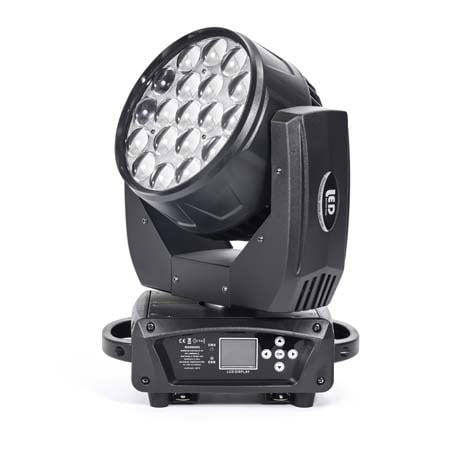






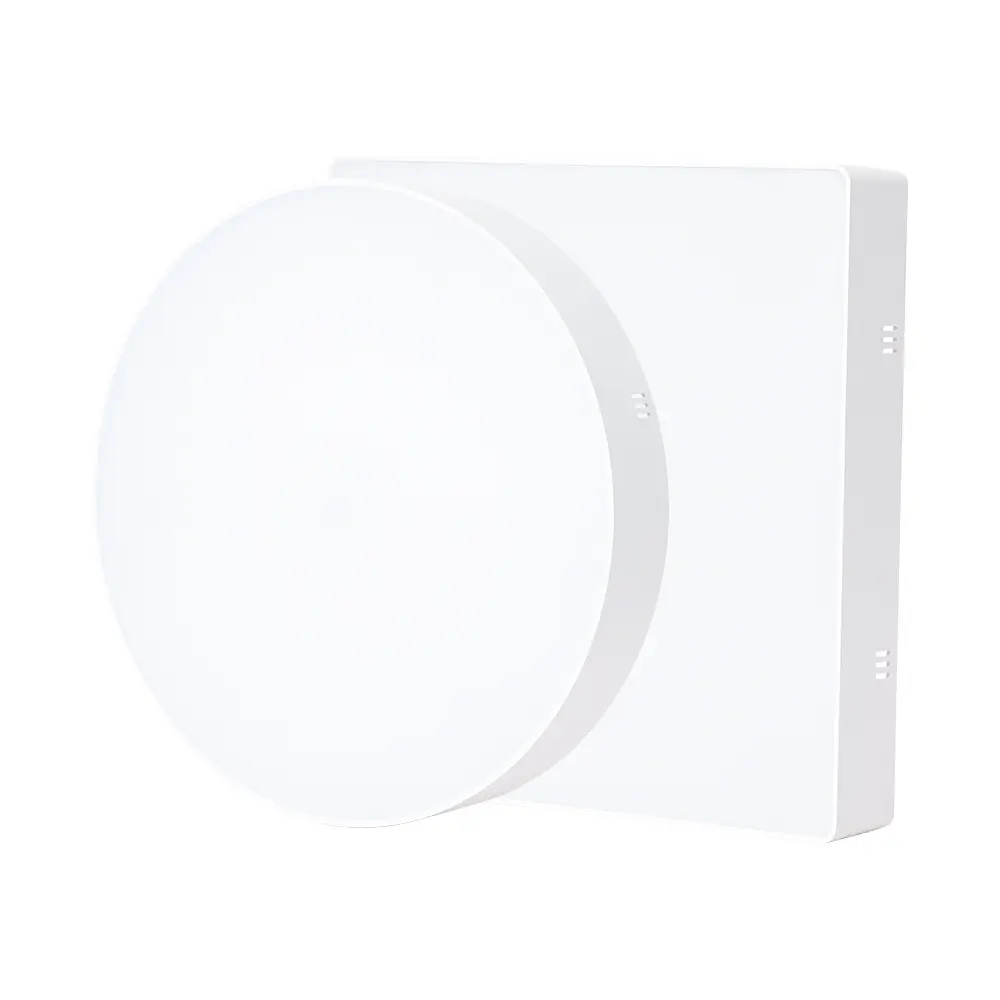

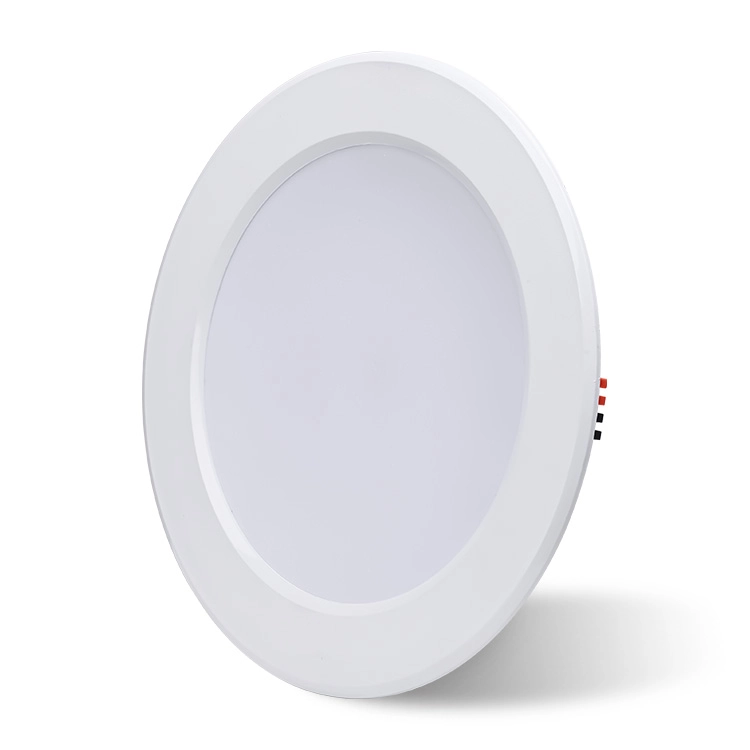
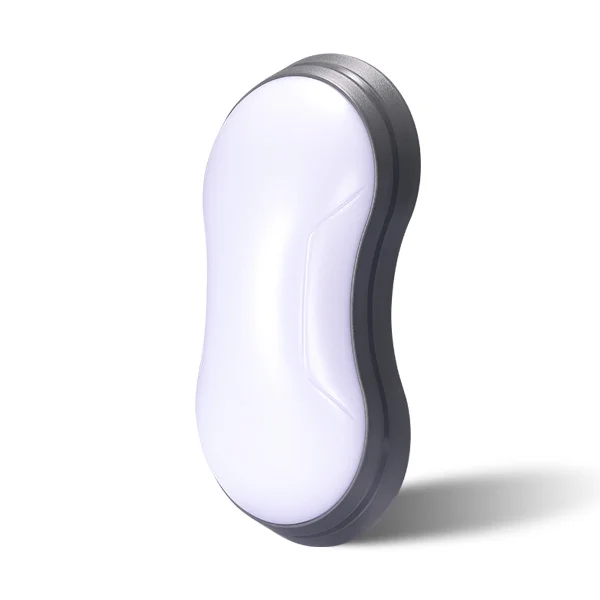

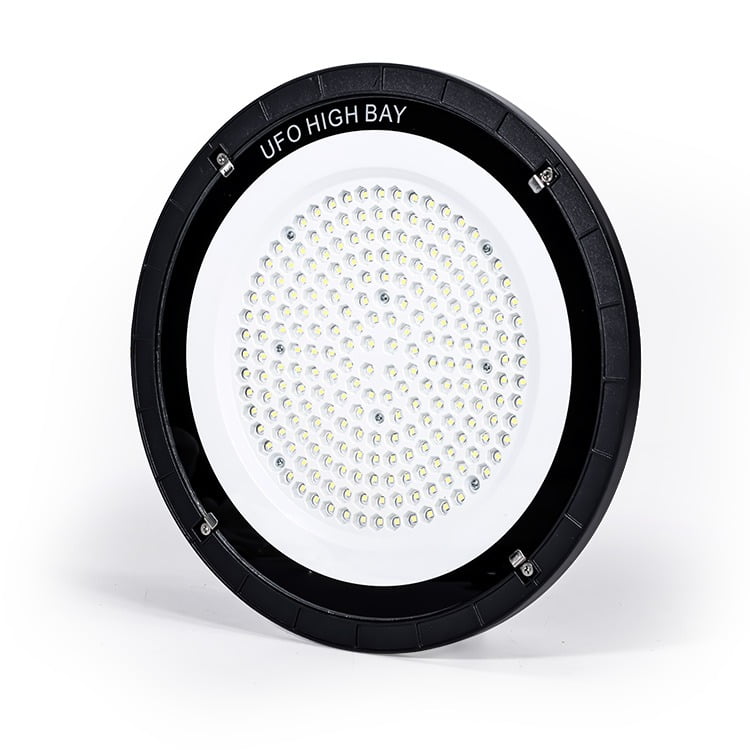
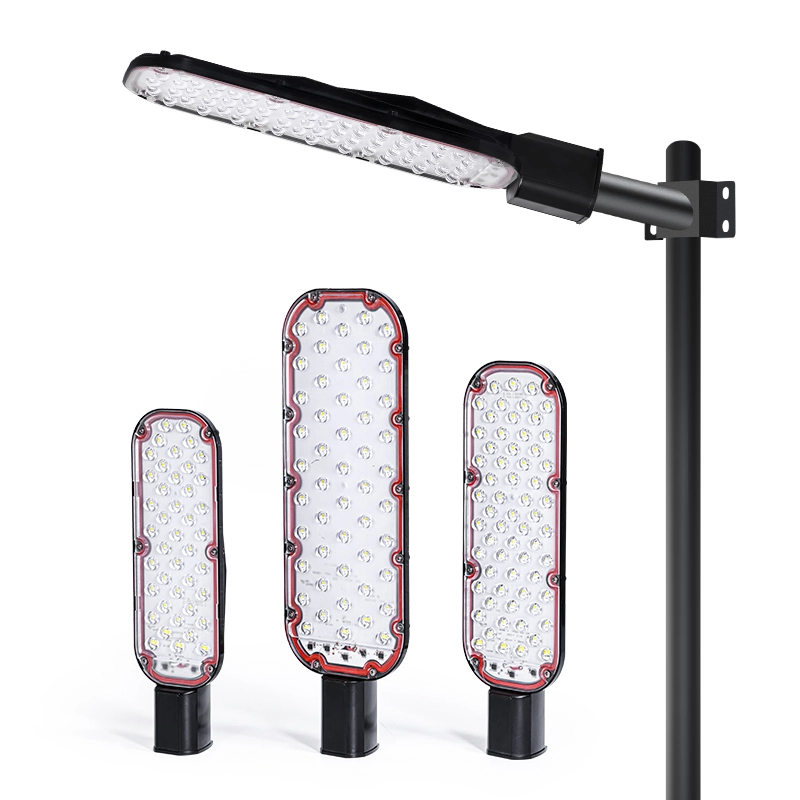

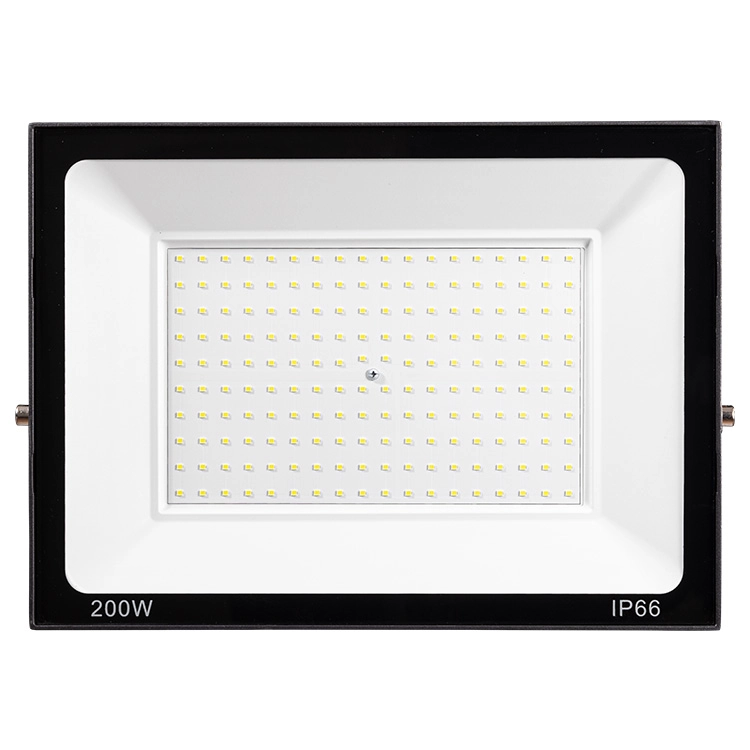
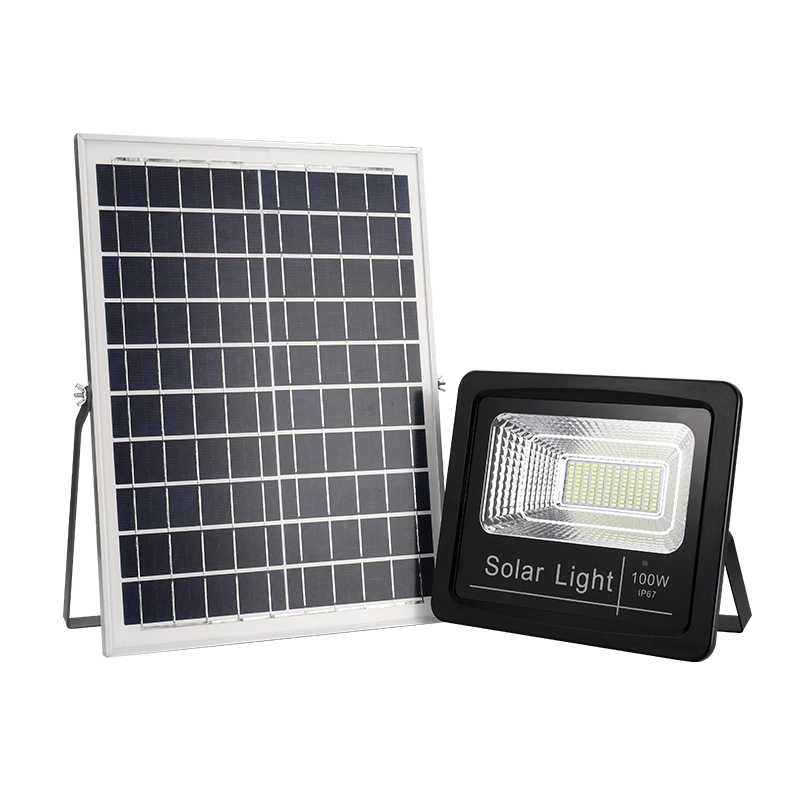
![led design ideas - 17 LED Design Ideas to Transform Your Home [February 2025] - Vorlane led design ideas - 17 LED Design Ideas to Transform Your Home [February 2025] - Vorlane](https://vorlane.com/wp-content/uploads/2025/01/led-design-ideas.webp)
![outdoor lighting ideas - 20 Brilliant Outdoor Lighting Ideas: Transform Yard [2025] - Vorlane outdoor lighting ideas - 20 Brilliant Outdoor Lighting Ideas: Transform Yard [2025] - Vorlane](https://vorlane.com/wp-content/uploads/2025/02/outdoor-lighting-ideas.jpg)
![disadvantages of led lights - Disadvantages of LED Lighting: Reveal Cost, Real Risk [2025] - Vorlane disadvantages of led lights - Disadvantages of LED Lighting: Reveal Cost, Real Risk [2025] - Vorlane](https://vorlane.com/wp-content/uploads/2025/01/disadvantages-of-led-lights.webp)
![Best LED Lights for Home - Best LED Lights for Home: Top Choices [2025] - Vorlane Best LED Lights for Home - Best LED Lights for Home: Top Choices [2025] - Vorlane](https://vorlane.com/wp-content/uploads/2025/01/Best-LED-Lights-for-Home.webp)
![beam angle calculator - Beam Angle Calculator – Simplify Lighting Calculations [2025] - Vorlane beam angle calculator - Beam Angle Calculator – Simplify Lighting Calculations [2025] - Vorlane](https://vorlane.com/wp-content/uploads/2025/01/beam-angle-calculator.webp)
![COB Light vs Panel Light - COB Light vs Panel Light: Understanding the Differences [2025 ] - Vorlane COB Light vs Panel Light - COB Light vs Panel Light: Understanding the Differences [2025 ] - Vorlane](https://vorlane.com/wp-content/uploads/2025/01/COB-Light-vs-Panel-Light.jpg)

![vorlane logo 2:1 for consent banner - Lumens vs Kelvin: A Comprehensive Guide [2025] - Vorlane vorlane logo 2:1 for consent banner - Lumens vs Kelvin: A Comprehensive Guide [2025] - Vorlane](https://vorlane.com/wp-content/uploads/2024/05/vorlane-logo-2_1-350x100.webp)